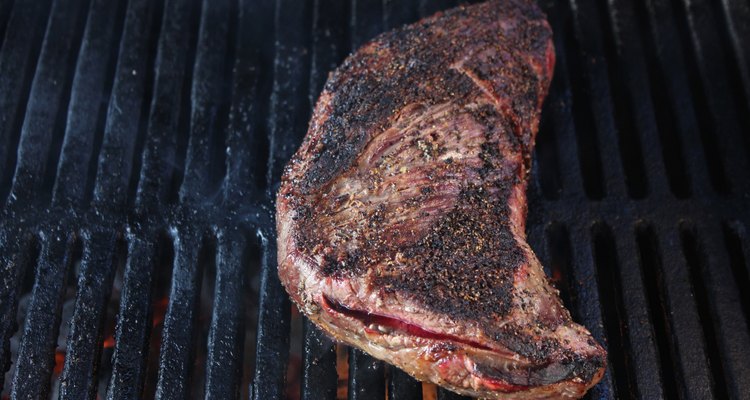
mwhaskin/iStock/Getty Images
Buffalo, or more correctly bison, offers a low-fat option to beef. It contains a comparable amount of protein with almost half the fat of beef. A 3.5-oz. serving of bison contains only 2.42 g of fat, versus choice grade beef's 18.54 g. Cooking a bison tri-tip roast is a delicious way to enjoy red meat. Bison feed primarily on grass, which boosts the health value of the meat by giving it more nutrients and less harmful bacteria.
Characteristics
The challenge you face cooking bison tri-tip roast involve its low fat content. This means there is a risk of overcooking the meat, especially when cooked to higher degrees of doneness. Irma Rombauer, author of “Joy of Cooking,” recommends not cooking bison beyond medium-rare. This will influence what are the best ways to cook it. The tri-tip roast presents the additional challenge of a low-fat cut of meat.
Preparation
One way you can overcome the difficulties of cooking is by applying fat to the meat. This will improve the flavor of your roast and provide plenty of drippings to make a delicious sauce. Your choice of fat can also add another layer of flavor. You can brush the roast with olive oil or melted butter before applying your seasonings. You can continue to baste the meat with the accumulated juices. You can also larder your roast with bacon. Larder means that you are simply laying slices of bacon over the entire roast. As the bacon cooks, the fat will baste the meat.
Slow-Roasting
Slow-roasting is one of the best ways to cook bison. It will prevent the meat from drying out and give you more control. It is the preferred cooking method of the National Bison Assn. You can begin by browning your seasoned tri-tip roast on the stove to give it a nice crust and to seal in its juices. You can then put it in a slow oven of about 275 to 325 degrees. The meat is done when an instant-read thermometer reaches 140 to 150 degrees. You should then allow your roast to rest for about 15 to 20 minutes before cutting so it can reabsorb the juices.
Slow Cooker Method
You can avoid the risk of overcooking your bison tri-tip roast by cooking the meat in a slow cooker. You can cook the roast whole like a pot roast or cut it into cubes for a stew. You can begin by browning the meat and then placing it in the slow cooker. Cover the meat halfway up the side of it with beef stock. You can also add coarsely chopped vegetables such as carrots or onions to add additional flavor. Allow the meat to cook on the low setting as per the instructions with your slow cooker. A few hours in the slow cooker will yield a delicious and moist bison tri-tip roast with plenty of leftovers for another meal.
Related Articles
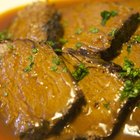
How to Cook a Beef Sirloin Tip Roast ...

Does Cooking at a Low Temperature for a ...
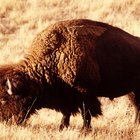
The Best Way to Prepare Bison Sirloin
How to Slow Cook a Pot Roast With Beef ...

How to Cook Venison Shoulder Roast in a ...

How to Make a Blackbuck Antelope Roast
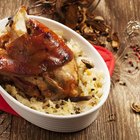
How to Cook Knuckle Roast

How to Cook Texas Broil Roast

How to BBQ the Eye of Round Roast
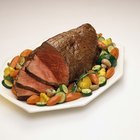
How to Cook a Roast Beef to a Perfect ...

How to Cook a Choice New York Roast
How to Cook Buffalo Fillet

How to Slow-Cook Meat in the Oven
How to Cook a Spencer Roast
How to Slow Cook a Top Sirloin Round ...

How to Cook a Beef Roast in a Roaster ...

How to Pan-Fry a Petite Sirloin

How to Cook a 15-Pound Rib Roast

How to Cook Pulled Beef Without a Slow ...

Different Cuts of Steak
References
- National Bison Assn.: Nutritional Information
- Fine Cooking: Understanding Beef Labels; Sarah Jay
- "Joy of Cooking: 75th Anniversary Edition"; I Rombauer, et al.; 2006
- Saveur: "Roasting Meat for Perfect Gravy"; Oct. 23, 2007
- The Nibble: How to Cook Bison
Resources
Writer Bio
Chris Dinesen Rogers has been online marketing for more than eight years. She has grown her own art business through SEO and social media and is a consultant specializing in SEO and website development. Her past work experience includes teaching pre-nursing students beginning biology, human anatomy and physiology. Rogers's more than 10 years in conservation makes her equally at home in the outdoors.
Photo Credits
mwhaskin/iStock/Getty Images